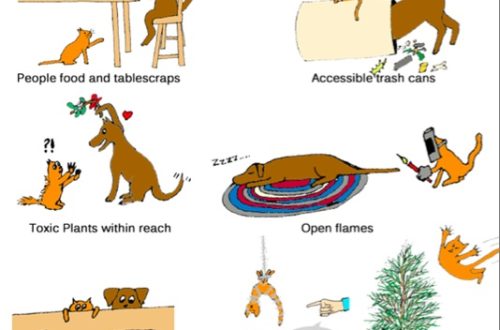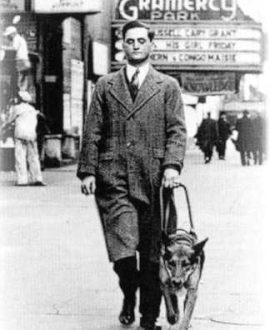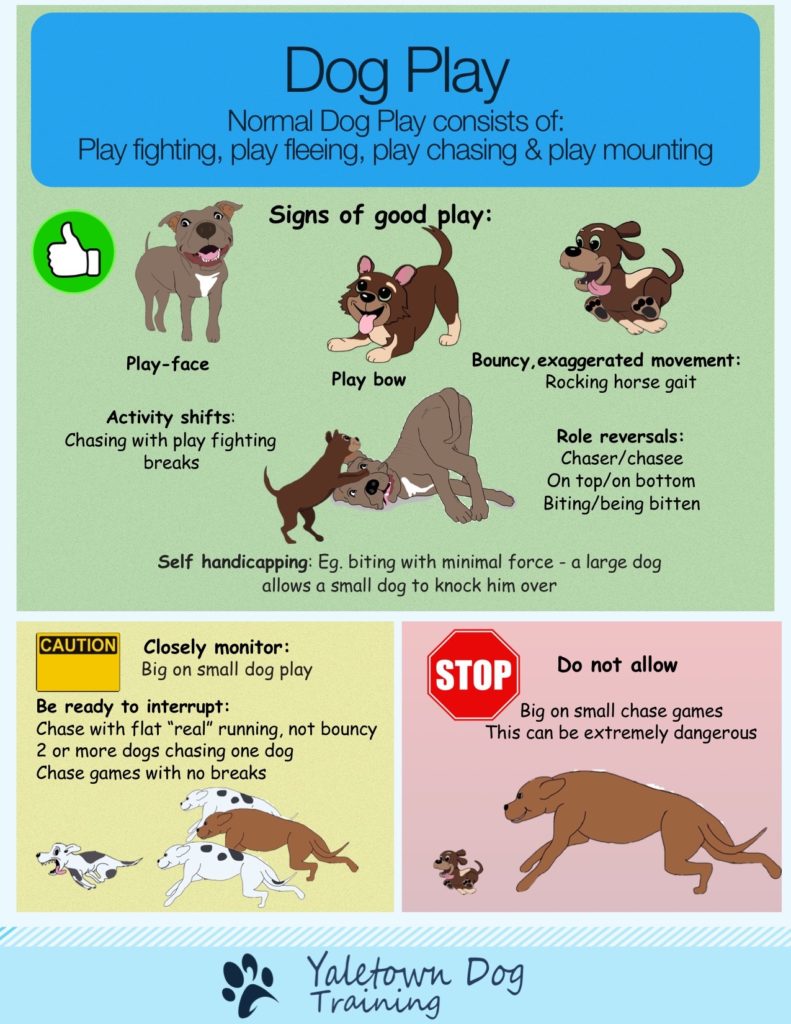
Nganong kinahanglan magdula ang iro?
Dogs for the most part love to play, and you need to play with them, the main task in this case is to choose the right games. Nganong kinahanglan magdula ang iro? To answer this question, you first need to figure out what games dogs play. There are 2 main types of games: games with fellow tribesmen and games with a person.
Games with other dogs
I believe that playing with fellow tribesmen is simply necessary when a puppy grows up, because, like a person, he needs to get acquainted with representatives of his own species, understand that there are different dogs, that the Russian Borzoi, Bulldog and Newfoundland are also dogs. Most often, a puppy easily identifies as dogs of fellow tribesmen who look about the same as he does. For example, my Airedale came to me at 2,5 months, and after that I saw the first Airedale Terrier at 6 months. He recognized him among all the other breeds at the show and was wildly happy! That is, if we are talking about terriers, most likely they will quickly and easily find contact with other terriers or schnauzers similar to them (also bearded dogs of a square format).
But, just as a small European is surprised to see a Japanese or a native of Africa, so a dog that did not communicate with brachycephals (breeds that have an upturned nose and a flattened muzzle) in childhood will experience difficulties in communicating with them in adulthood. Especially considering the specifics of these dogs: because of the flattened muzzles in the heat or when they are very excited, they grunt and squeak. And the other dog may decide that this grunt is a growl. And what to do if they jump on you with a growl? Of course, defend or attack! Very often, the owners of brachycephalic dogs complain that other dogs attack their pets right from the approach, although in ordinary life and with other dogs the “aggressors” behave calmly and are not even averse to playing – often the explanation for such reactive behavior lies on the surface and lies in the fact that the third-party dog was not familiar with the peculiarities of communication with brachycephals. Therefore, I would recommend both the owners of brachycephals to give their pet the opportunity to communicate with other dogs in puppyhood, and the owners of other dogs to introduce their four-legged friends to such “strange” relatives. The same applies to representatives of black or shaggy breeds, native breeds (for example, huskies, basenjis, malamutes) or representatives of “folded breeds”: black, shaggy or “folded dogs” are more difficult to read by other dogs, native breeds are often more impulsive and direct in expressing their attitudes and emotions. But learning to read the body language of these breeds is also possible. And it’s easier to do it gently and gradually, during the most favorable period for this in a dog’s life – the period of socialization, which is completed at 4-6 months.
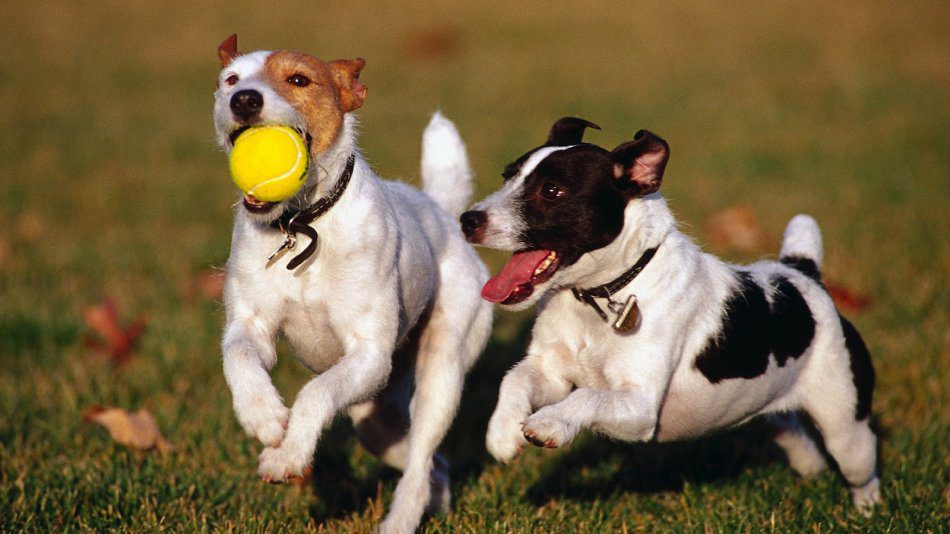



Games with dogs are also necessary in order for the puppy to learn the rules of behavior of relatives, behavioral protocols: how to call the game correctly or get away from the conflict, how strong the game bite should be, how to understand another dog (she wants to play or intends to attack).
It happens that one dog flies up to play, and the second does not understand this and rushes into the fray. Or vice versa – the dog runs up with the obvious purpose of “nibbling”, and the potential victim rejoices: “Oh, cool, let’s play!”
Unsay buhaton?
If we want to raise a dog whose world will revolve around us, and we will be the center of the Universe for the pet, naturally, we must observe the golden mean. You don’t need to stand in one place and watch how the dogs first play with each other, then they dig holes together, quarrel, chase passers-by, pull a cookie out of the child’s hands – this is not a very good option. I recommend that my students, especially during the period of socialization and maturation of the puppy (from 4 to 7 months), regularly meet with different dogs, but the experience should always be of high quality and positive. This does not mean that the whole walk consists of communication and games with fellow tribesmen, in no case: spend 10 minutes in the circle of dog lovers – this will give the dog the opportunity to play and lose steam. Then take your pet, take a walk, work out for another 20-30 minutes, have fun together to explain to the dog that it’s fun with you too: although you can’t run as fast as the neighbor’s spaniel, you can easily be present with your voice or play tugs, have fun with a ball, play search games, play trick or obedience games. Then return to the dogs again for 10 minutes. This is a good rhythm. Firstly, we give the dog the opportunity to socialize, and this is extremely important, since those who were deprived of communication with fellow tribesmen during the period of socialization often face two types of behavioral problems as they grow older:
- Fear of other dogs
- Aggression towards other dogs (moreover, in 90% of cases, aggression occurs either when the dog is afraid, or when she has a negative experience of communication).
Secondly, we teach the dog that, even when he is playing, the owner is nearby, and he must watch him. Subsequently, when our puppy is at a more advanced level of training and ready to work in the presence of dogs, I highly recommend coming to the run to work there and letting the dog go out to play again as an encouragement.
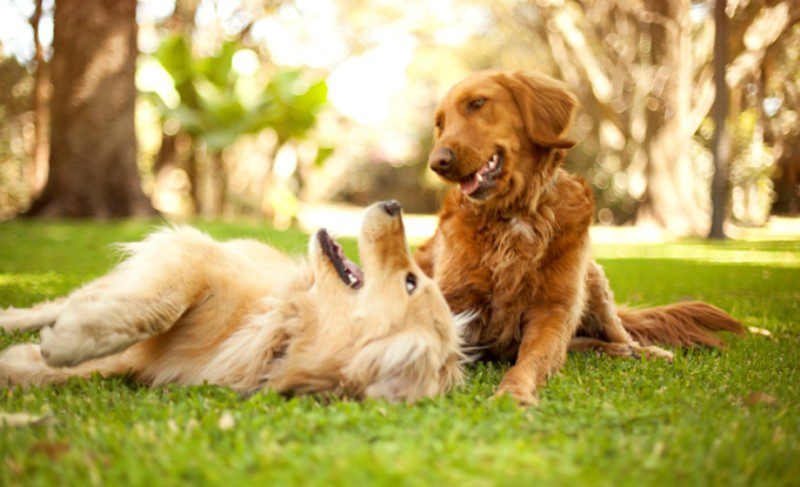



Very often people tend to “run out” dogs. For example, if a pet destroys an apartment, they try to load it physically. But at the same time, even if the dog is exhausted on a walk, it continues to carry the apartment. Why? Because, firstly, mental and physical activity are different things (by the way, did you know that 15 minutes of mental activity is equivalent to 1,5 hours of full-fledged physical training?), And secondly, if our dog regularly rushes for ball or stick, the stress hormone enters the bloodstream (excitement from a fun game is also stress, positive, but stress) – cortisol. It is cleared from the blood within an average of 72 hours. And if we happily play with a stick or a ball with a dog every day for an hour, we do not allow cortisol to go out – that is, the dog is constantly overexcited, the stress level increases, the dog becomes more nervous and … remember, we said that a tired dog may well continue to “kill” the apartment? Now it’s clear why?
By the way, regular running out of the dog has one more hitch – endurance also trains! And if this week we need to throw the wand for an hour so that the dog is “exhausted”, then next week we will already be throwing 1 hour and 15 minutes – and so on.
It’s great that we’re raising a hardy athlete, but this athlete with even more endurance will blow the apartment. I strongly recommend teaching such dogs to relax so that they can breathe out – literally and figuratively. we give him the opportunity to communicate with dogs in sufficient quantities – by 9 months (and often much earlier) the puppy begins to prefer the owner to other dogs. He is fed up with playing with fellow tribesmen, he understands that it is much more interesting and more fun with the owner. We can come up, say hello to the dogs, our pet will make a couple of circles, run up to the owner, sit down and say: “Well, now let’s do something!” Excellent! This is what we needed. We fed two rabbits with one carrot: we didn’t deprive the dog of communication with relatives, and got a pet that loves to play with the owner more and consciously chooses to communicate with him.
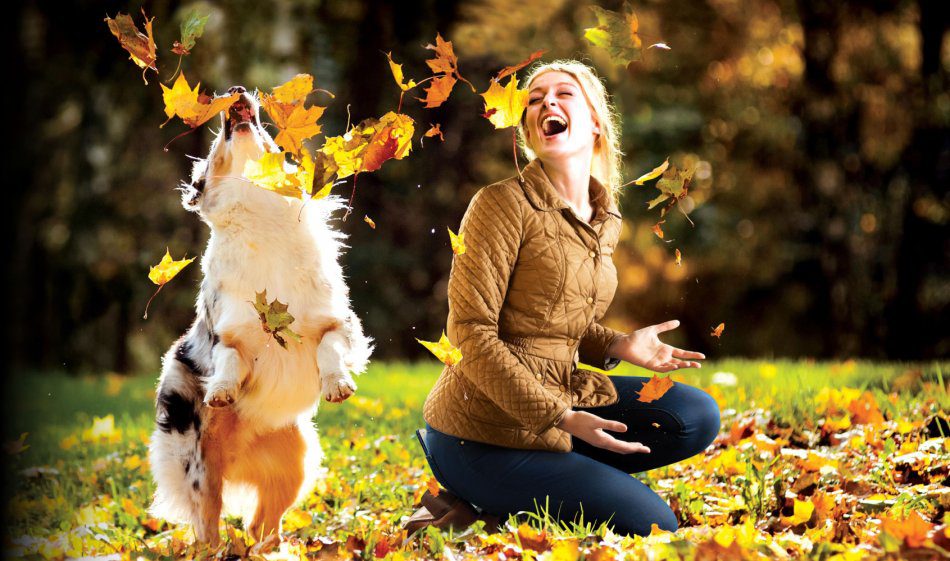



There is one “but”. Athletes tend to limit the dog’s communication with their own kind. This is logical, because if our dog understands that he receives encouragement only from the hands of the owner, and does not know the happiness of playing with relatives, he does not look for it. But personally, I think that if we take a dog, we must give it the opportunity to exercise all 5 freedoms – this is the basis, without which there will be no full-fledged respectful dialogue with our pet. And we must provide the pet with the freedom to carry out species-typical behavior, in this case, the possibility of positive communication with their own kind. At the same time, if we are talking about athletes, most often they have several dogs in their family at the same time, so we cannot talk about real social deprivation. On the other hand, as in the human environment, a child living in a large family, of course, learns to communicate with his brothers and sisters, but it’s great if he has the opportunity to learn how to interact with different children: cunning, modest, boring, brave, mischievous , honest, badass, etc. These are all lessons, and the lessons are very useful. However, if we are talking about athletes, then everything is logical. It is much easier to develop a dog to perfect sports obedience when he does not know that you can look for entertainment “on the side.” Naturally, if we explain to the dog that other dogs are fun and have the right to play with them, then, most likely, we will have to work more on the ability to concentrate in an environment with strong stimuli, that is, when other dogs are running around. But I think the game is worth the candle. I think it’s very comfortable to have a dog that you can just walk with when you don’t have the energy or the mood to exercise, and you don’t have to run every dog a mile for fear that our dog might start a fight.
Dog games with humans
If games with dogs are important, then games of a dog with a person are simply necessary. It is in the game that we develop contact with a person, the desire to communicate, motivation, concentration of attention, switchability, work on the processes of excitation and inhibition, and in general we can build the training process as a whole, including development of all necessary skills. And the dog in this case loves to play, she is waiting for these games. She is convinced that she is playing, but in fact she is working intensively! With the help of games, you can correct problematic behavior, work on the basic states of the dog. If the dog is timid, shy, lack of initiative, constantly waiting for hints from the owner, games can help her overcome shyness, become more persistent and active. You can play in different ways. Right now I have a dog with a fear of loud sounds in my work, among others – and we play: we teach that she can make terrible sounds herself, and these terrible sounds are rewarded.
The more the dog knows about the structure of the world, the more she understands about it, the more she can control it. And when we control the world, we command it, and it ceases to be scary.
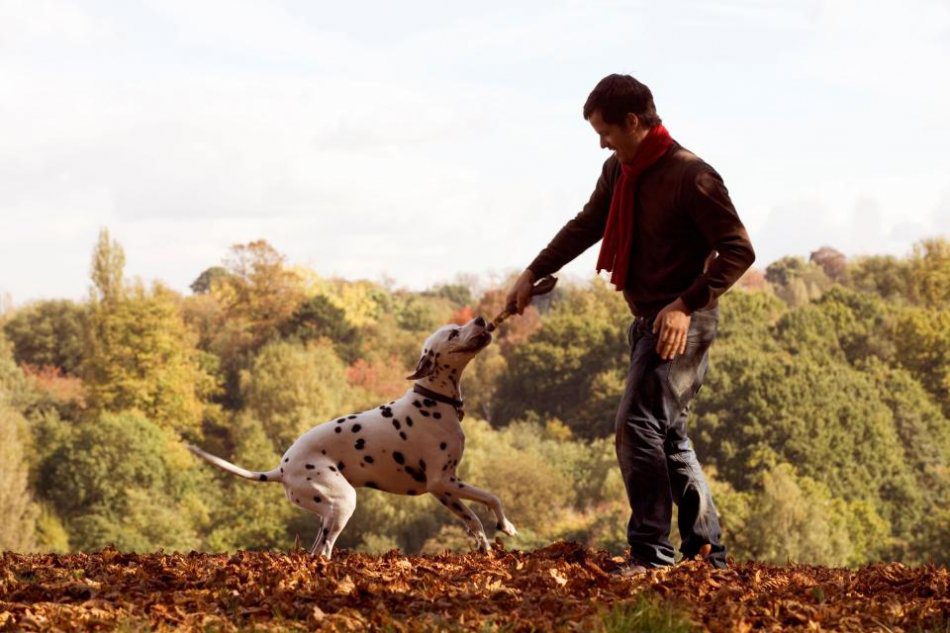



There are a lot of games that we humans can play with dogs. From the main directions I would single out:
- games to develop motivation (the desire to work with a person),
- games for the development of self-control (and this is the ability to keep oneself in paws at the sight of ducks on the shore or a running cat, at the sight of a child eating ice cream),
- games for the development of initiative (know how to offer yourself, know how not to get upset, if you don’t succeed, don’t give up and try again and again),
- perfect calling games,
- unmatched games,
- trick games,
- interactive games for boredom,
- search games,
- shaping games (or guessing games),
- games for the development of physical form, balance and proprioception (proprioception is the feeling of the relative position of body parts and their movement in animals and humans, in other words, the feeling of one’s body).
The fact is that most dogs do not understand well what their body is. For example, some do not know that they have hind legs. They walk in the front – and then something pulled up behind them. And they don’t really understand how to use it – well, except to scratch behind the ear if the flea has bitten. That’s why I like to introduce games on balancing surfaces right from puppyhood, to move backwards, to the sides, to work with hind legs, in order to explain to the dog that he is “all-wheel drive”. Sometimes it gets ridiculous: I taught my dog to throw his hind legs on vertical surfaces when he stands with support on his front legs. Since then, Elbrus got into the habit of riding in a car not like normal dogs, but leaving his front paws in the back seat, and throwing his hind legs up. And so it goes – head down. This is not safe, so I constantly corrected it, but this suggests that the dog is in complete control of his body. We will cover each of the types of games with a person in detail in the following articles. However, you have the opportunity to experience the benefits of playing with dogs on your own experience by attending the “Games by the Rules” seminar.





